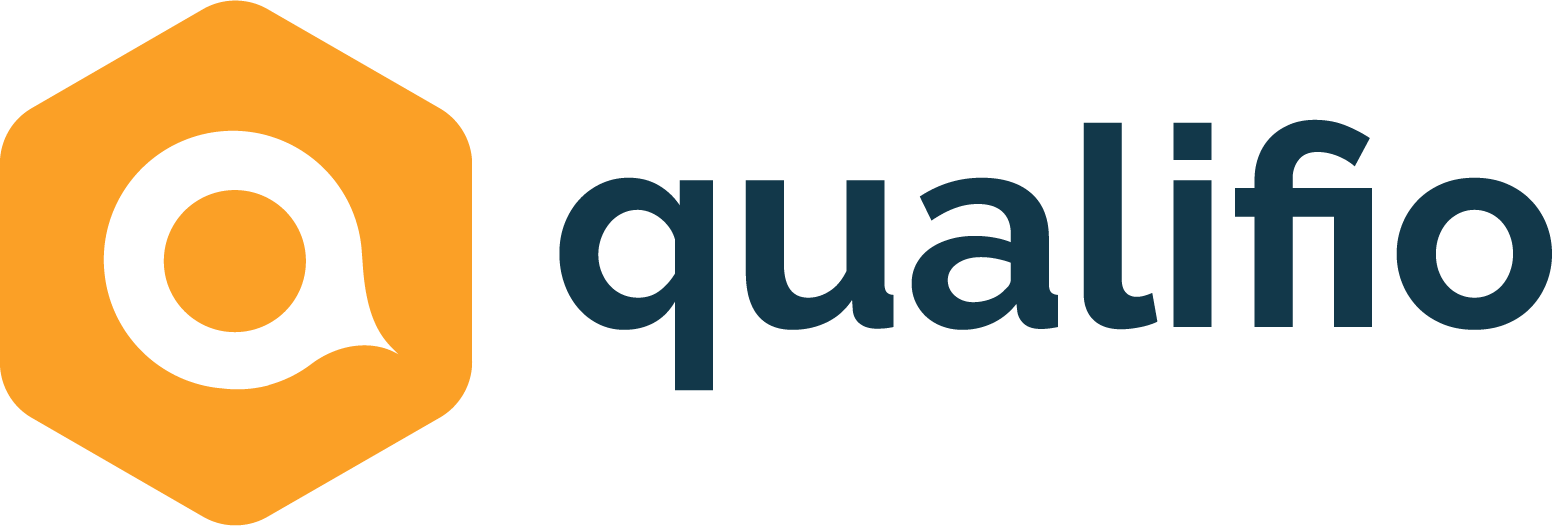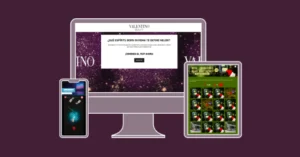5 awesome fashion marketing campaigns examples: get red-carpet ready!
New York, London, Madrid, Milan or Paris, Fashion Weeks are highly publicised events. The show is watched as much on television as through numerous live streams. It represents a huge marketing opportunity for fashion brands and advertisers (thanks to brand content) and Fashion marketing campaigns have to innovate and be creative to stand out from the crowd.
Today’s consumers are increasingly expecting fun and personalised experiences when they interact with their favourite fashion brands. They want to be inspired and entertained, or they are looking for valuable information. Having a content strategy that includes innovative formats is, therefore, a must-have for fashion brands. This is how they engage audiences, encourage loyalty and increase sales.
One way to do that is through interactive content. Fashion brands can use interaction to:
- strengthen notoriety
- influence purchasing behaviours
- retain customers
Another way for brands to get to know and engage with their audience is by collecting first-party and zero-party data from them. These types of data are perfect in a digital landscape where consumers are increasingly shy about sharing their data, as brands are collecting data that is consented, compliant and actionable.
Discover five fashion marketing campaigns ideas (+2 bonuses) and real-life examples that will help you market your brand and increase sales during this Fashion Month and beyond.
1. The fashion personality test
Create a personality test campaign to increase brand awareness, showcase your new collection and collect user preference data. Invite your audience to find out which perfume, pair of shoes, handbag, or coat best suits their style and personality.
This is what digital media Enfemenino did with advertiser Zalando on their fashion marketing campaign called “Find out what kind of girl you are according to your look and earn a special discount on Zalando!”, for instance. Grazia also chose to work with this format (sponsored by shoe brand Sorel):
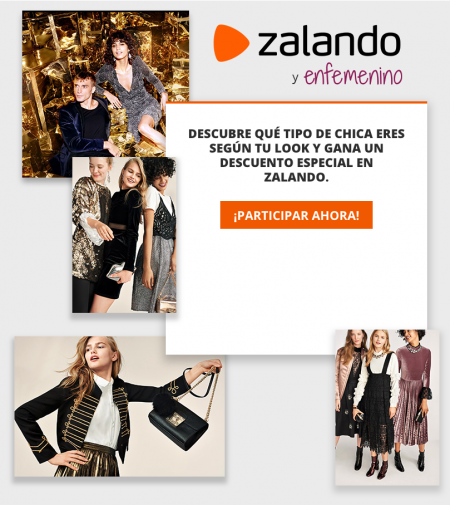
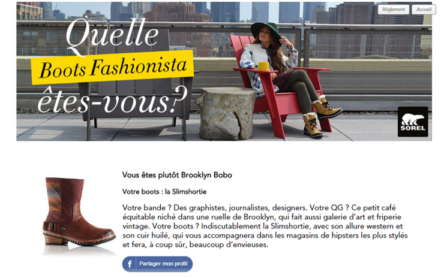
Know more about Grazia’s campaign with Sorel >
Pro tip: Add a promo code to the exit screen in order to encourage participants to make a purchase at the end of the test. Some people might not be ready to buy immediately though. That’s when you should take advantage of the data collected to retarget people later on with newsletters or Facebook ads.
You can also use branching in your personality test to make a gift guide based on your products. This kind of campaign works very well during holidays, as you can then capture attention when buyers are more aware ?
2. The cooperative ‘lookbook’ gallery
Consumers today are creating a lot of content to share online. One way to make your mark is to let your audience create your content. Encourage them to create content based on your brand products or values to foster engagement.
What ASOS did: the British online fashion and beauty retailer created an interactive campaign titled “As Seen on Me”. They asked their online community to share photos of themselves wearing ASOS products. The pictures were gathered in a gallery that linked user-generated content to ASOS e-commerce (through links to buy the featured items).
The purpose? Create a community around the brand, offer style inspiration, and give the chance to the community to appear and be mentioned by ASOS. The company then incorporated the gallery on its website and on social media:
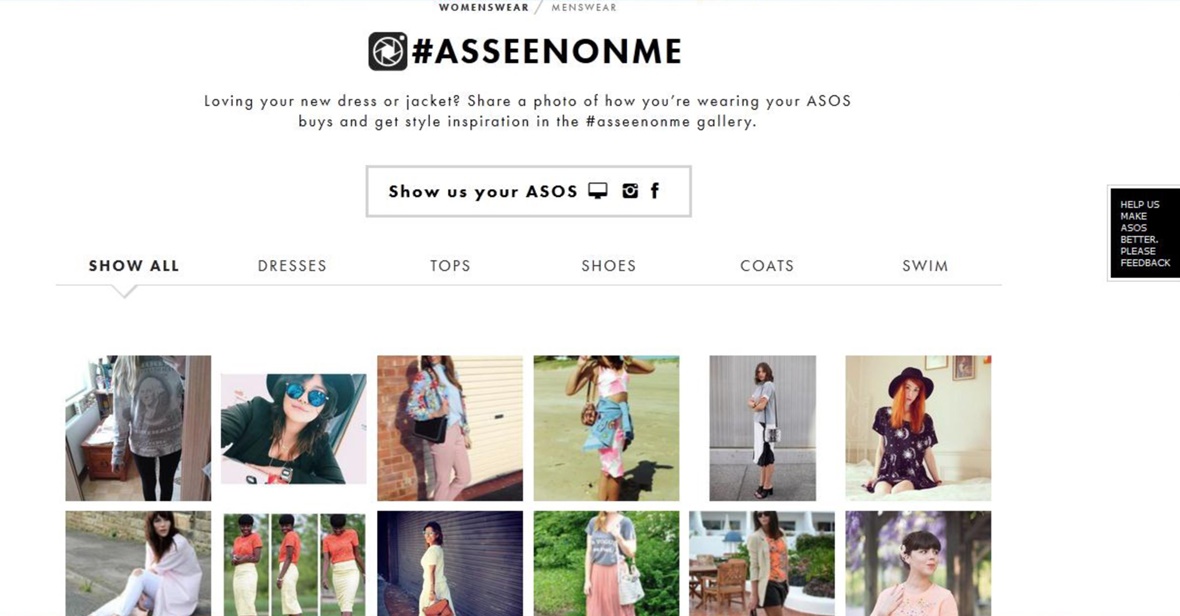
Here is another fashion marketing idea from Grazia women’s magazine. In partnership with L’Oréal, the magazine asked users to share photos of themselves wearing hippy-style clothes. The owner of the best photo won a photoshoot and the publication of her picture in Grazia.
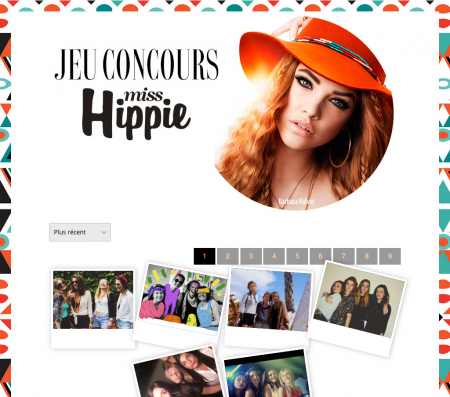
3. The runway poll
This fashion campaign is a win-win: your audience has the power to decide, while you get immediate feedback on your products. Imagine, for instance, a poll where it would be up to your community to choose which look from your collection should walk the runway in Milan, Paris, New-York or London. An excellent way to get your community involved and engaged, but also collect preference data ?
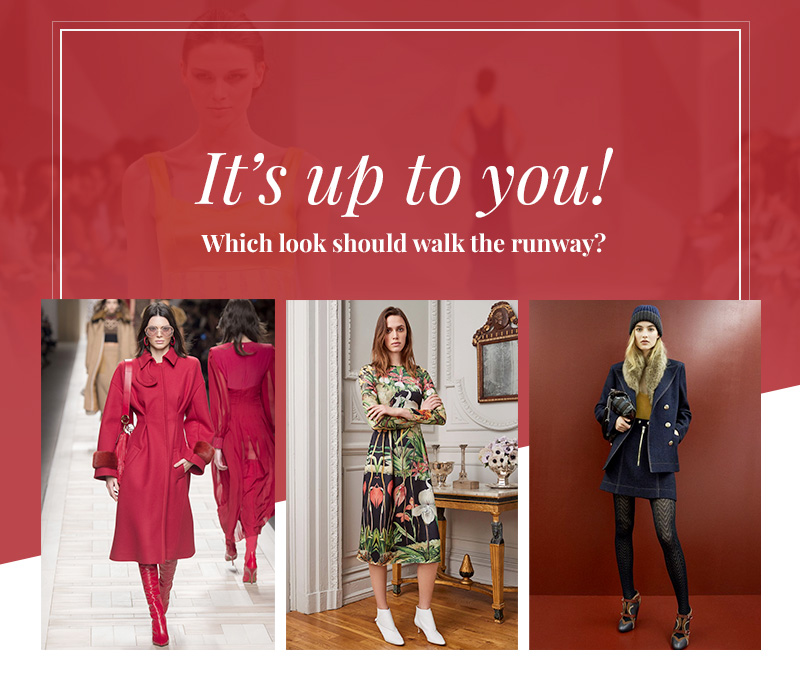
4. The playful puzzle
Everyone love puzzles, they make fantastic interactive marketing campaigns: they engage users and are just created in minutes. Try it on yourself with our live-example below:
How does it work? It’s simple:
- Pick the image(s) of your choice and choose the level of difficulty (6 or 9 pieces).
- A puzzle is automatically generated.
- Then, ask your audience to rebuild it in the fewest clicks possible.
Learn more about the Puzzle format >
5. The unavoidable battle
Even if you’re not part of the fashion industry, use the Fashion Month as a marketing opportunity to engage your audience. The battle is a great format for this kind of event.
Before the Fashion Week, ask your audience which city they would love to attend Fashion Week in. Encourage them to participate by adding a chance to win a trip to the city of their choice.
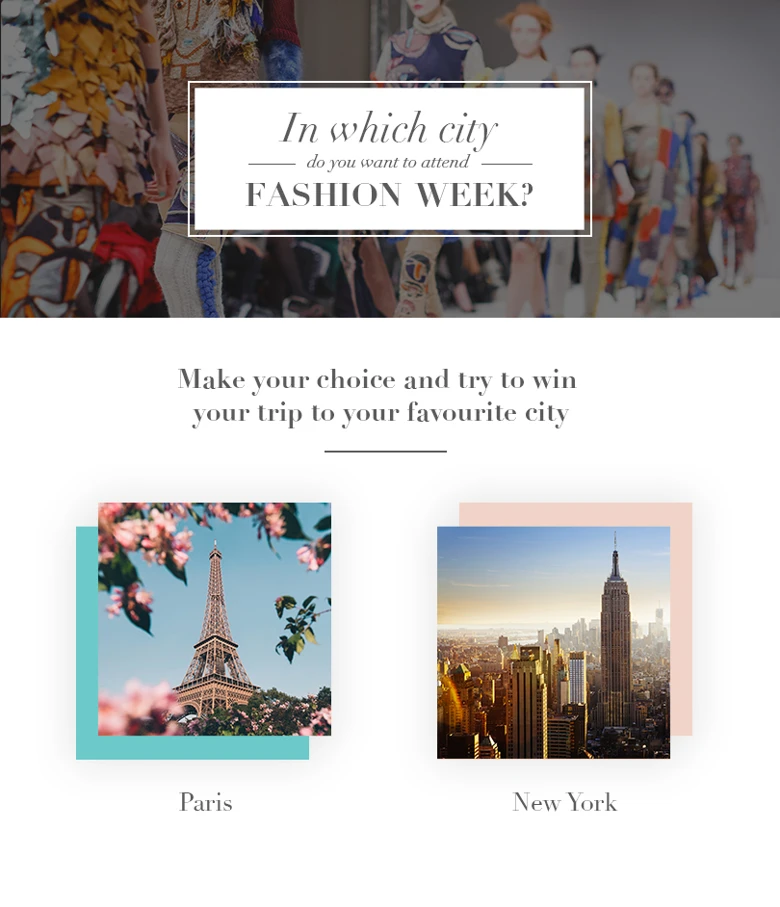
During or after the Fashion Week, create a battle to make your articles less static. Let your audience vote for the best look from a collection or between two different fashion designers:
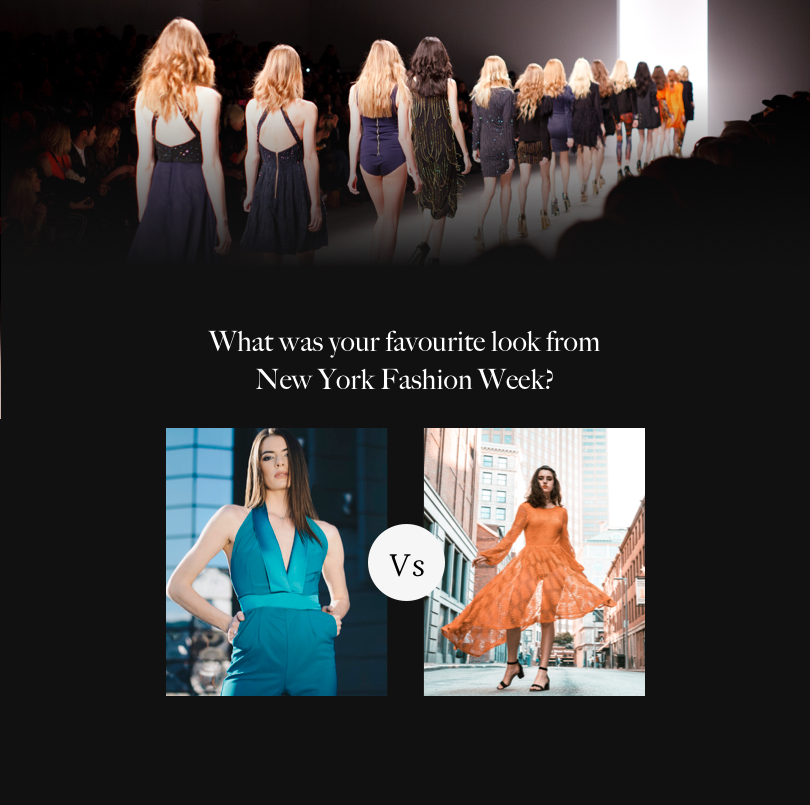
Long story short: interactive content has many advantages for fashion brands and media companies alike. It can not only help you develop effective and creative fashion marketing campaigns but can also make an impact on your sales and revenues. Get your marketing red carpet ready by:
- Involving your community
- Listening to your audience
- Entertaining online users
- Creating original, playful and useful content.
In case you want to know more about how to create a successful marketing campaign, we explain it to you in the link😎.
